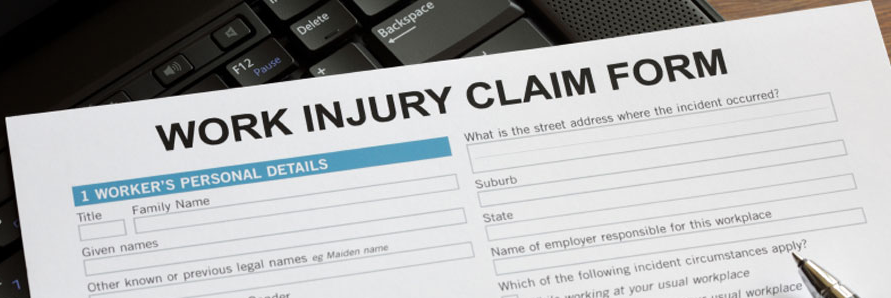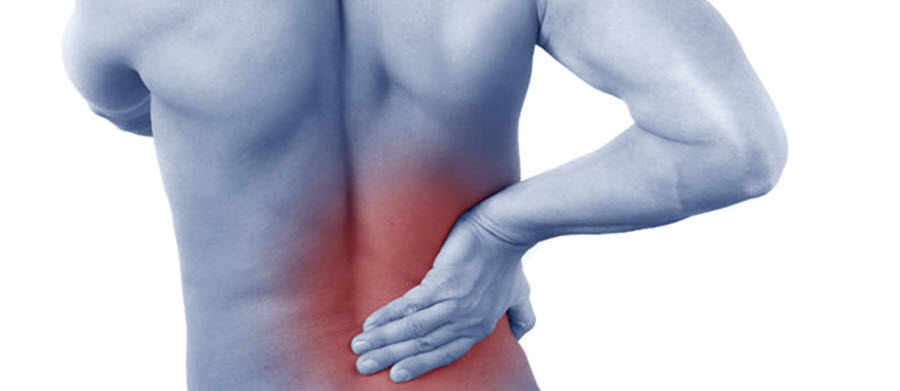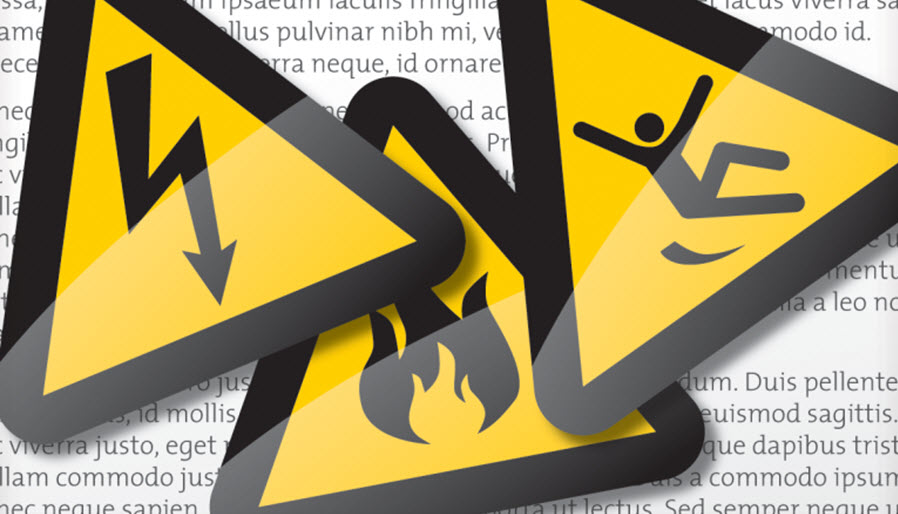12 November, 2014
When an employee is returning to work after an injury, it is important that the injured worker returns safely to work, without feeling pressured to do so prematurely. It is the employer’s duty to ensure the worker should be given sufficient time to recover. Upon return, injured employees should be tasked with appropriate duties and assistance…
12 November, 2014
A recent worldwide study led by the University of Sydney has proven that lower back pain is the most commonly recorded of workplace injuries, ranking higher than any other condition including cardiac disease and depression. Often both severe and costly, back injuries can arise from a number of ergonomic exposures including heavy lifting, forceful movement,…
12 November, 2014
Australian employers are required by law to provide their employees, contractors and those who visit their facilities with a safe and healthy workplace. Ensuring that your business complies with these duties will prevent prosecution or fines, and will also help to maintain staff. The scope of the responsibility requires employers to: Provide and maintain a…
31 October, 2014
Most musculoskeletal or movement system disorders (MSD) are the result of a PREVENTABLE imbalance that affects the muscles, tendons, and nerves (the soft tissues) of our movement system. Each day we use our body; physical stress and strain sometimes produces microscopic wear and fatigue to our soft tissues. Normally, this fatigue is fully repaired by…
22 May, 2014
Do you need to know how to use the revised NIOSH Equation to reduce manual lifting and lowering stress? The NIOSH lifting equation tool was developed to assess and evaluate the safety limits two-handed lifting tasks to assist employers in reducing the risk of lifting-related injuries. Designed by the National Institute for Occupational Safety and Health (NIOSH), the…
22 May, 2014
On 1 July 2005, the Victorian Occupational Health and Safety Act 2004 came into effect. The reforms to the Act are aimed to make WorkSafe a more constructive, accountable, transparent and effective regulator, and are the cornerstone of legislative and administrative measures to improve occupational health and safety. The Act is the outcome of a major review of…
22 May, 2014
Codes of Practice (safety) are issued by Australian state and federal government agencies to advise employers and employees of acceptable ways of achieving compliance with occupational health and safety legislation. They are usually designed to be used in addition to statutes and regulations but can also be incorporated into legislation. One very useful application is…
22 May, 2014
Up to 50% of industrial injuries are thought to be attributed to cumulative trauma or overuse injury. These can range from troublesome annoyances, to severe debilitation. For office, building and site managers, there are a number of steps you can take to minimise repetitive strain injury within your workforce. Here are 14 tips for avoiding overuse…









